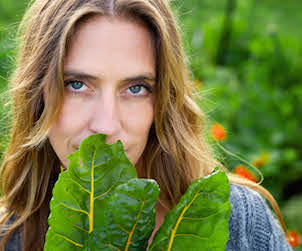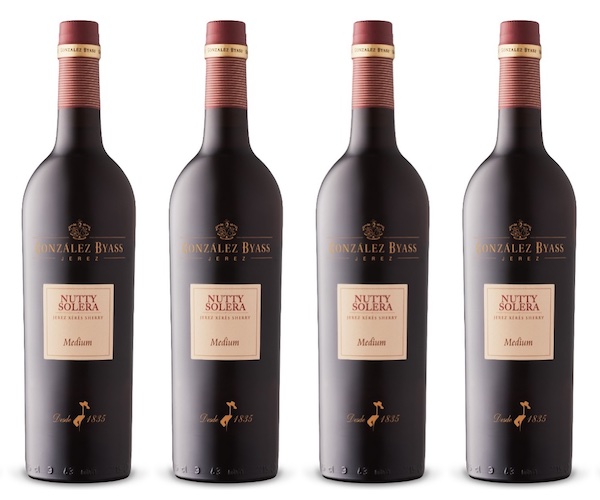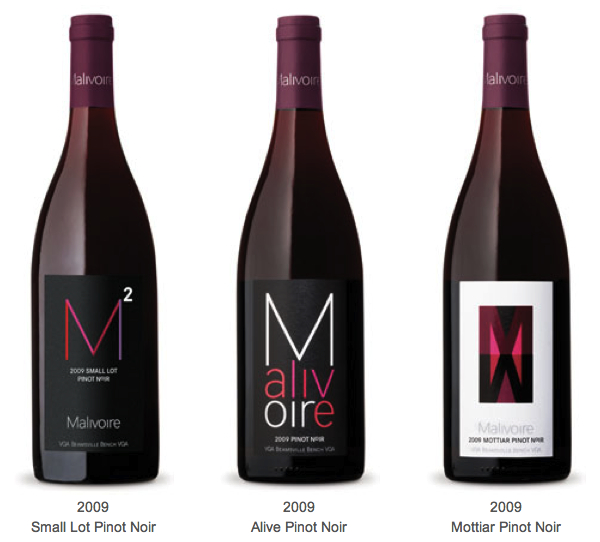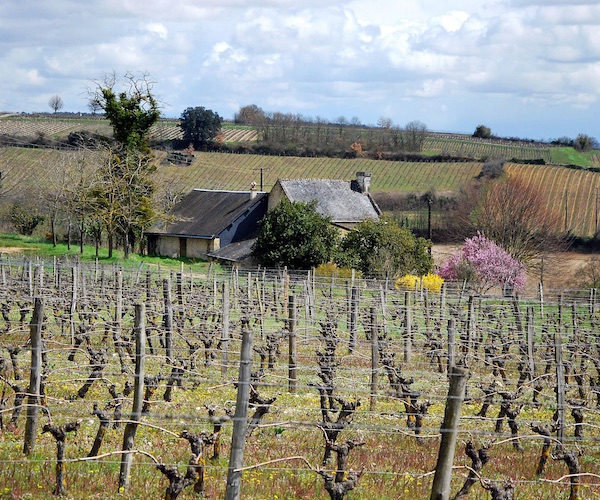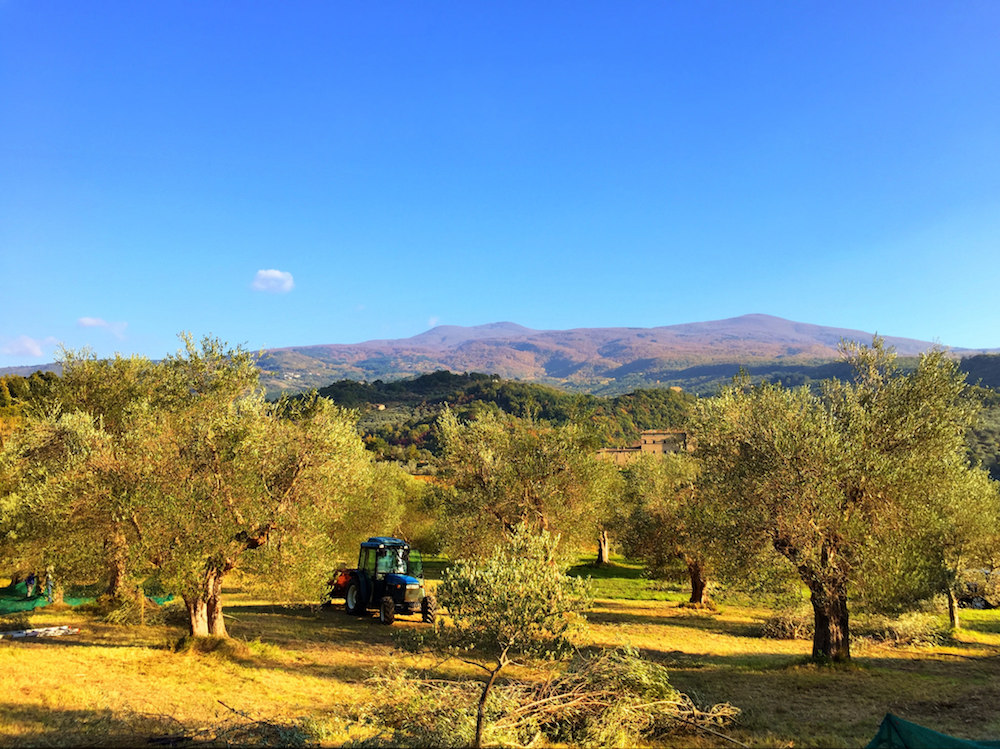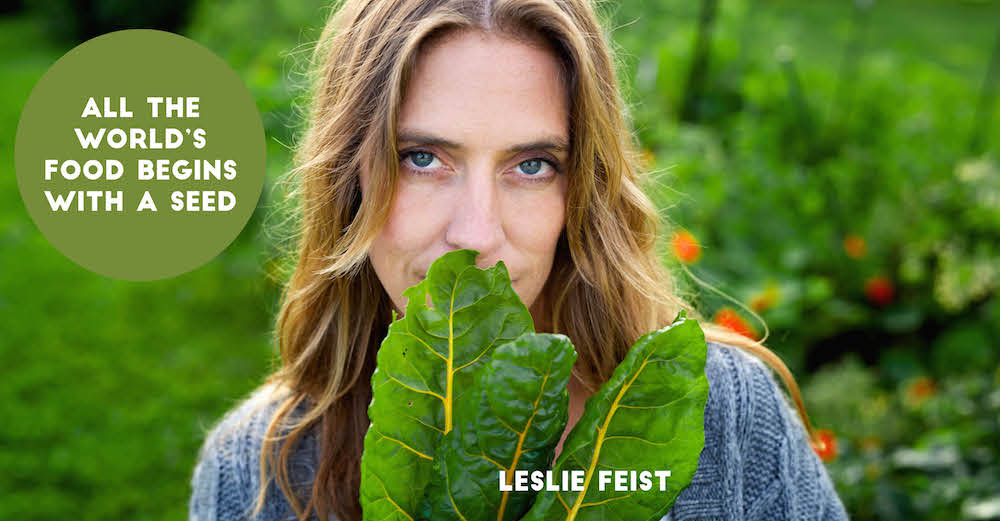 Photo: Jason Van Brugen
Photo: Jason Van Brugen
Canadian rock stars from Feist to Bruce Cockburn are lending their names and likenesses to a new food advocacy campaign centred around the website iamaseedsaver.org. They lend their support in a slick video embedded below (shot by GFR’s friends at dot-dot-dash, full disclosure). The campaign is designed to promote bio-diversity in our food system, and encourage farmers and home growers to save and share their best and most interesting seeds. Despite the blanket of snow over most of the country, with Seedy Saturday events coming up in the next few weeks, now seems as good a time as any to think about the growing season to come.
(If you can’t see the video, click here.)
The I Am a Seed Saver campaign is a project of the Bauta Family Initiative on Canadian Seed Security. I caught up with the initiative’s director Jane Rabinowicz, on the phone from her office in Montreal, to find out more about seed saving.
This interview has been edited for clarity and style.
Good Food Revolution: When I think of seed savings, I think of Third World efforts, and activists like Vandana Shiva, and that sort of thing, which I think your organization is also involved with. But, this IAmASeedSaver.org campaign is directed to all of us here in Canada, correct?
Jane Rabinowicz: Right. Some of the dynamics of what’s happening with seeds overseas are also happening here. There are issues about public access to seeds all over the world. The difference is a lot of work overseas is with small holder farmers practicing subsistence agriculture. Whereas here, it’s about producers who are growing for market.
GFR: So, as an ordinary, city dwelling citizen, what can I do? Is the idea to get me to seek out find farmers who are saving seeds and patronize them?
JR: That concern about how do we get this message to the general public has been a challenge. I’ve been working in the food movement for many years, and I think the food movement in Canada is at its strongest, so it really feels like it’s time to focus on seeds. The seed is where food begins, it’s where nutrition starts, and where self sufficiency begins. That’s where climate resilience begins. It’s all with the seeds. It’s hard to bring that message to a wider public, because they’re one step removed from the seeds. So, the I am a Seed Saver campaign is really seeking to bring the message to the broader public: hey, seeds exists, seeds grow food! Not all seeds are the same, and here’s what we can do about it. We like to say, ‘seek diversity at the grocery store.’ What you purchase at the grocery store has a direct impact on what a farmer will plant. Having visited many, many farms across Canada, I know that there is a very direct link between what we buy and what gets planted.
GFR: Should I presume that anything I find in a big chain grocery store is not going to be from a saved seed?
JR: It really depends. It depends on the crop and the time of year. I don’t want to get down on any scale of retailer. Going local is a good option. Going organic is a good option. Going seasonal is a good option. And going diverse: purple potatoes, or a new variety of something that you haven’t seen before at the farmers’ market. Experimenting with different colours and flavours of vegetables really does have an impact on what gets planted. And, ultimately that biodiversity is the key to a resilient farming system.
GFR: And what about home gardeners?
JR: People who are growing their own food have the opportunity to support local seed producers directly. There’s a huge and growing movement of local, organic seed production in Canada. Home gardeners can go to or website, seedsecurity.ca or iamaseedsaver.org where you can find resources to source local organic seeds. And, of course, I would encourage home gardeners to save seeds themselves. You can start off with something like a bean, or a pea, or a tomato – something that isn’t super complex. It’s a bit counter-intuitive, because you have to hold off from eating the best of the crop; you save the seeds from the plants you like the most. And then, you plant them next year, so you have more plants with the qualities you’re looking for.
GFR: Wouldn’t it be cool if in 20 years or so we saw new varieties emerge across the country? Like there might be a Montreal tomato, and a Toronto tomato, and a Vancouver tomato and so on.
JR: Well, there is the Montreal melon! And that’s what’s special about seeds: there’s a whole connection with culture, lineage and history. And they tell a story. People travel with their seeds. I think of downtown Toronto and all the backyard gardens of the cultural communities who are growing the plants that come from the seeds that their grandparents, or great-grandparents brought over. Growing food and saving seeds is a great way to reconnect to your culture. There’s a real depth to them. Seeds are so small, but they’re very powerful.
 Malcolm Jolley is a founding editor of Good Food Revolution and Executive Director of Good Food Media, the company that publishes it. Follow him on Twitter or Facebook.
Malcolm Jolley is a founding editor of Good Food Revolution and Executive Director of Good Food Media, the company that publishes it. Follow him on Twitter or Facebook.

